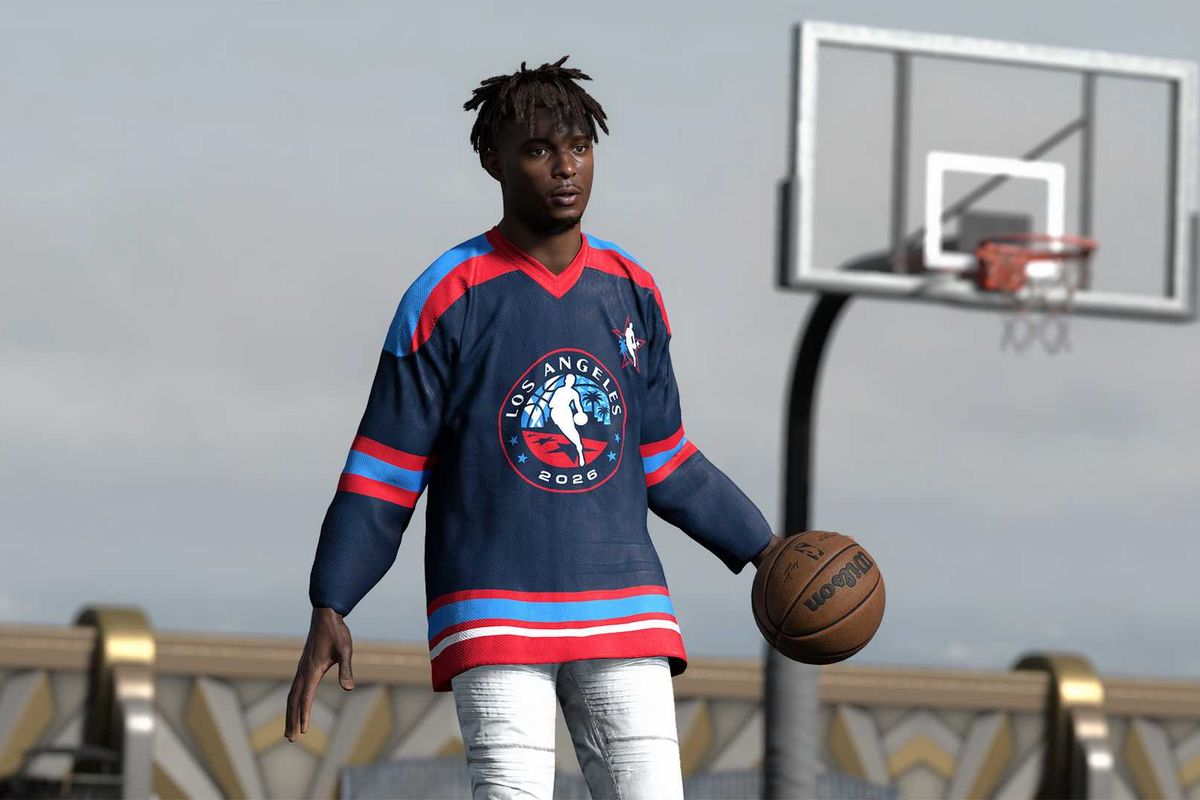Harriet Brewis
Jul 08, 2025
What Exactly Is at the Bottom of This Mysterious 'Blue Hole?'
The ocean is home to all manner of mysteries, from “alien” shape-shifters to ancient shipwrecks.
And so, when Richard Branson and a team of scientists took a submersible down to the bottom of Belize’s iconic Giant Blue Hole, they were braced for some truly extraordinary sights.
The Blue Hole is the largest sinkhole in the world, measuring 300 metres (984 feet) across and around 125 metres (410 feet) deep but, until Branson’s expedition in 2018 its depths had not been fully explored.
The British billionaire was joined on his groundbreaking journey by Fabien Cousteau – the grandson of pioneering underwater explorer Jacques Cousteau – and oceanographer Erika Bergman.
Their mission was to create a 3D map of the hole’s interior but, when they reached the bottom, they were met by some disturbing discoveries.
To be fair, they got off to a good start. The first thing they encountered as they edged down the hole was a wall of giant stalactites, which were “breathtakingly beautiful,” according to Branson.
Then, at around 300 feet, they pierced a thick layer of toxic hydrogen sulphide, plunging them into darkness and cutting out the oxygen from the water around them.
In an interview with CNN, Bergman explained that once you pierce that layer, which forms naturally over centuries, “you lose all of that Caribbean sunlight and it just turns completely black.”
Elsewhere, Branson described it as “extremely eerie,” saying: “We didn’t expect to see any creatures below. But when we got to the bottom we could see crabs, conches and other creatures that had fallen into the hole, arrived on the bottom and then ran out of oxygen and died.”
As the team continued to travel further down into the abyss, they were faced with the remains of a tragedy.
In an interview with Business Insider back in July 2020, Bergman revealed that they found the bodies of two people who have “been lost in the Blue Hole”.
“We found the resting place of a couple [of] folks,” she said. “And we just sort of very respectfully let the Belize government know where we found them.”
She added that “everyone decided that we would just not attempt any recovery”, noting: “It's very dark and peaceful down there, [so we] just kind of let them stay.”
As they reached the bottom, the team found something else unexpected, and very much unwelcome: human rubbish.
It came in the form of a 2-litre Coke bottle and a lost GoPro containing some holiday snaps, according to Business Insider.

“As for the mythical monsters of the deep? Well, the real monsters facing the ocean are climate change – and plastic,” Branson lamented following the discovery.
“Sadly, we saw plastic bottles at the bottom of the hole, which is a real scourge of the ocean.”
The business magnate said the expedition had offered “one of the starkest reminders of the danger of climate change [he had] ever seen.”
He pointed out: “The Blue Hole is made of a complex system of caves that once formed on dry land. It is proof of how oceans can rise quickly and catastrophically.
“Sea levels were once hundreds of feet lower. 10,000 years ago the sea level rose by about 300 feet when a lot of ice melted around the world. At 300 feet down you could see the change in the rock where it used to be land and turned into sea.”
He added in his blog: “Hopefully by this trip taking place we have raised even more awareness of the need to protect the ocean and tackle climate change now – before it is too late.”
He stressed that he didn’t want his grandchildren to “grow up in a world without corals, without the wonders of the ocean”.
This article was originally published on 1 October 2024
Why not read...
'Doomsday glacier' on brink of collapse could sink parts of Planet Earth
Eerie structures discovered at the bottom of iconic US lake
Sign up for our free Indy100 weekly newsletter
How to join the indy100's free WhatsApp channel
Have your say in our news democracy. Click the upvote icon at the top of the page to help raise this article through the indy100 rankings
Top 100
The Conversation (0)














